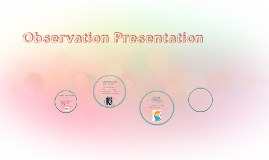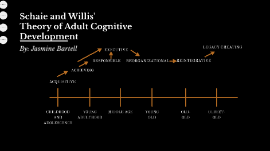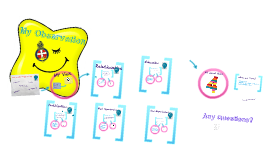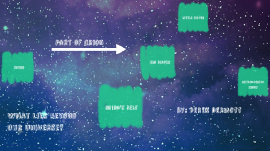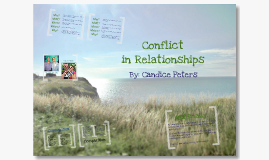Observation presentation
Transcript: My Observation Seek, Serve and Follow Christ Any Questions? Thank you for listening! Bibliography Adams, J. (1993). Group work in the youth service. In K. N. Dwivedi (Ed.), Group work with children and adolescents. London: Jessica Kingsley Publishers. Bchroth, I. (2010). Education. In Using theory in youth and community work practice. Exeter: Learning Matters. Ingram, G., & Harris, J. (2001). Delivering good youth work. Dorset: Russell House Publishing. Jeffs, T., & Smith, M. K. (2010). Informal education: conversation, decotacy and learning. Nottingham: Education Heretics press. Rosseter, B. (1987). Youth Workers as Educators. In M. Smith, & T. Jeffs (Eds.), Youth Work. Basingstoke: Macmillan Education. Young, K. (1999). The Art of Youth Work . Russel House Publishing Ltd. Young, K. (1999). Youth worker as guide, philosopher and friend. In S. Banks (Ed.), Ethical issues in youth work. London: Routledge. MY overall Score What I Observed Aims : There was a clear structrure and wide range of activites. They not only learnt about their spiritual develoment but also practical day to day skills. There was a good use of informal education. Relationships ‘The relationship is everything because personal growth, development, learning about values are human tasks that can only be done with in a relationship.’ (Young, 1999, p. 61) ‘To fully engage in conversation we have to be with that person rather than seeking to act upon them.’ (Jeffs & Smith, 2010, p. 31) ‘Youth work is inherently always an educational activity, based on dialogue and conversation.’ (Bchroth, 2010, p. 62) ‘ The role of the youth worker is to meet young people’s needs by offering them learning experiences that are: •Fun •Appropriate to their age, back ground, skills and experience •Relevant to their development’ (Ingram & Harris, 2001, p. 25) What does the Theory say? (cc) photo by Metro Centric on Flickr (cc) photo by Franco Folini on Flickr What does the Theory say? What does the Theory say? It was a leader lead organisation. Young people did have some input into the program Older girls got to run some sessions for the Other Girls Budapest (cc) photo by jimmyharris on Flickr Wide range of activities Duke of Edinburgh Award The leaders bring in visitors, to show young poeple other experiences they could be invloed with. What I Observed It is an all Girls club. The Girls wore uniforms. I found there was a lot less gender stereotyping My score MY Visit Place your own picture behind this frame! My score (cc) photo by Metro Centric on Flickr New experienses Young poeple relaxed around leaders " The leaders are always there to talk to and they real care if you have an issue" These relationships had been build up over a long time. What I Observed What we shall be looking at today. Participation My score Stockholm What I Observed (cc) photo by Metro Centric on Flickr Education My score Participation Relationships (cc) photo by jimmyharris on Flickr San Francisco Group work Building the Girls confidence Informal Education (cc) photo by Metro Centric on Flickr What does the Theory say? (cc) photo by Franco Folini on Flickr What did I learn? ‘Participation through voluntary relationship with young people in which young people are partners in the learning process and decision making structures which affect their own and other young people lives and environment. (NTB, 1991: 16)’ (Young, 1999, p. 17) ‘participation is more than young people simply taking part or having a say (HMSO 1960: 63) (Young, Youth worker as guide, philosopher and friend., 1999, p. 84) Equal Opportunties What does the Theory say? Learning Notes Equal Opporunties Where? Portadown Girls Brigade Who? 40 Girls from 8 to 18 When? Thurday evenings What? Double click to crop it if necessary ‘Youth work starts where the young people are, not from where we would like them to be.’ (Ingram & Harris, 2001, p. 18) New Experiences My score ‘so youth work provides opportunities in safe environments for young people to challenge and be challenged in order to learn about themselves, their relationship to their immediate community, their relationship to the world and the relationship to their God’ (Young, 1999, p. 61) 'Button and Pringle’s theory of needs Need for simulation Need of Challenge.' (Ingram & Harris, 2001, pp. 31, 32) What I Observed






